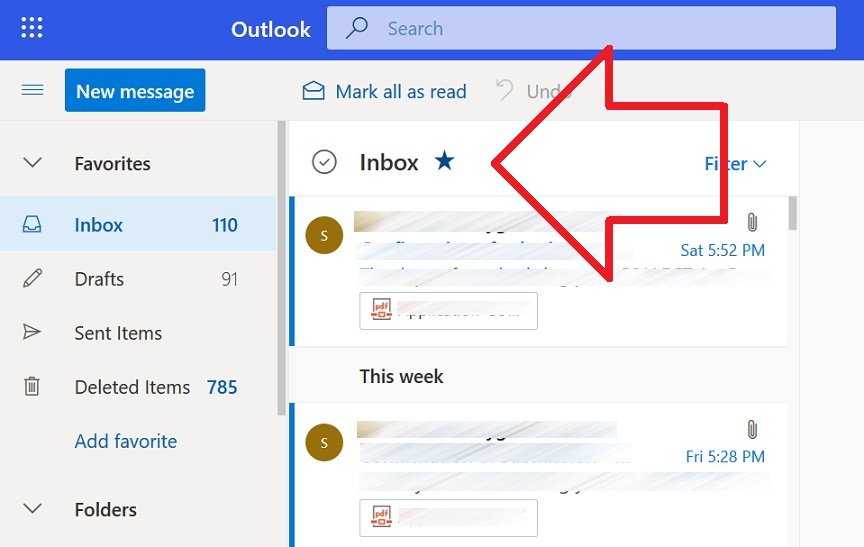

In-house Exchange servers offer more flexibility when it comes to the integration of third-party applications. You get more flexibility for your customizations You can implement as many services as you want to provide your users with: ActiveSync, Webmail, public folders, transport rules, etc. You decide on the sizing of your mailboxes. The full maintenance is your responsibility, including the installation of updates regularly provided by Microsoft. You decide on the configuration, the upgrades and changes, as well as the timing. The hardware and email platform are all yours.

Advantages of running Microsoft Exchange on-premises 1. This article will guide you through some of them, so you can best decide whether Exchange on-premises or Exchange Online is the best solution for your organization. When considering Office 365, organizations that manage their Microsoft Exchange email system in-house are faced with an important question: should we move our email to Office 365 or keep our Exchange servers in-house?Įach option has its pros and cons. From Exchange emails to collaboration tools and Office Apps accessible from multiple devices, Microsoft Office 365 is taking over as the go-to solution for SMBs. Small businesses can now benefit in many ways from the functionalities included in one single offer. Since Office 365 was officially launched in June 2011, Microsoft has set a new tone for IT services for SMBs.
Disadvantage of using excel in office 365 how to#
Want to know how to grow your business with Office 365? Resell easily with Sherweb! Organizations that manage their email service can either keep it on-premises or migrate to an online email environment. The growth of the public cloud all over the world has given SMBs more opportunities for a better return on investment on their IT services.


 0 kommentar(er)
0 kommentar(er)
